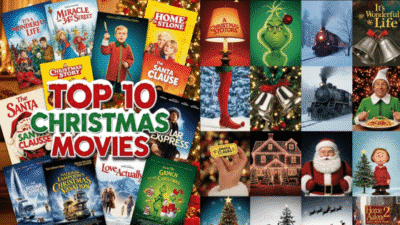Disney cartoon characters have been a part of many childhoods and continue to capture the hearts of audiences worldwide. They range from classic figures like Mickey Mouse to modern favorites from Pixar films. These characters are known for their unique traits, memorable stories, and strong impact on popular culture.
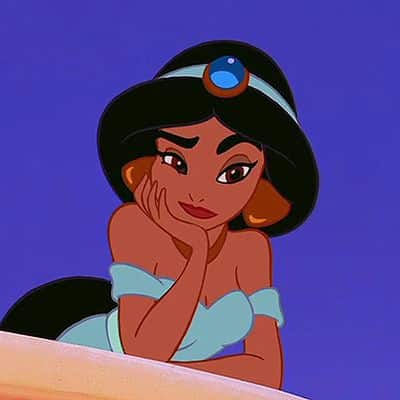
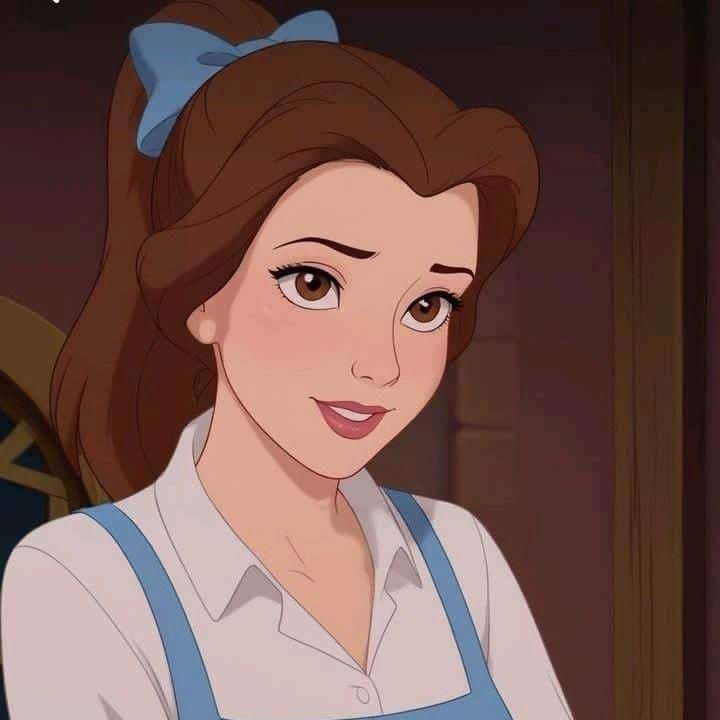
Many of these characters represent different eras in animation, showing both old traditions and new styles. They include heroes, villains, funny sidekicks, and inspiring heroines. Together, they create a rich world that appeals to people of all ages.
Their influence goes beyond cartoons, shaping toys, clothes, and even values in storytelling. People recognize and connect with these characters because they often reflect real emotions and lessons in simple ways.
Key Takeways
- Disney characters have a long history with many different styles.
- They include heroes, villains, and sidekicks that appeal to many.
- Their impact is seen in both culture and merchandise worldwide.
History of Disney Cartoon Characters
Disney cartoon characters have a clear origin, changing style, and a strong role in animation history. These characters began as simple sketches and grew into famous figures loved worldwide. Their design and stories changed with technology and audience tastes, influencing how cartoons developed.
Origins of Iconic Characters
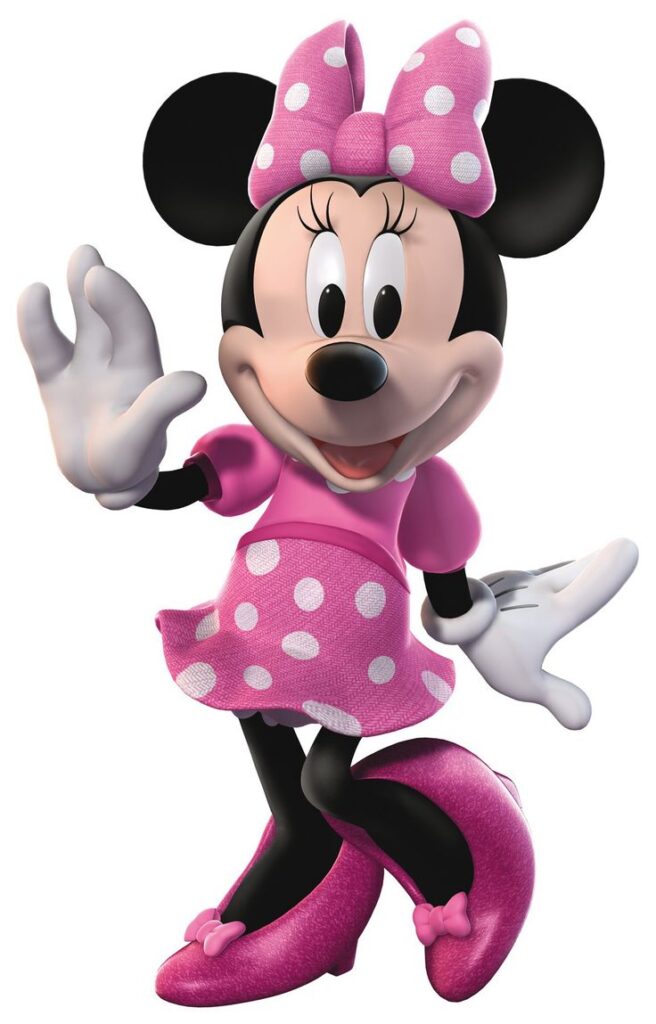
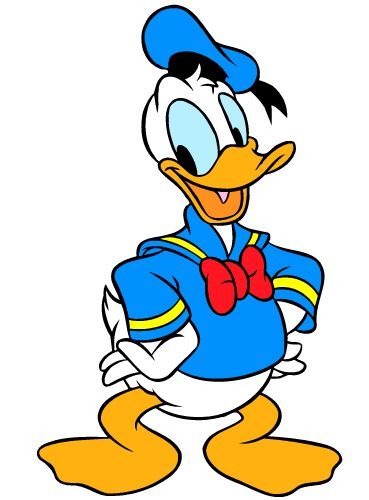
The first Disney characters started in the 1920s. Oswald the Lucky Rabbit was an early character but lost to a rival company. Then, Walt Disney created Mickey Mouse in 1928, which became a symbol of the company.
Mickey’s design was simple with big ears and gloves, making him easy to animate. Soon, Minnie Mouse, Donald Duck, and Goofy were added. These characters appeared in short films and became very popular.
They focused on personality and fun stories. The success of these characters helped Disney expand into full-length animated movies.
Evolution Through the Decades
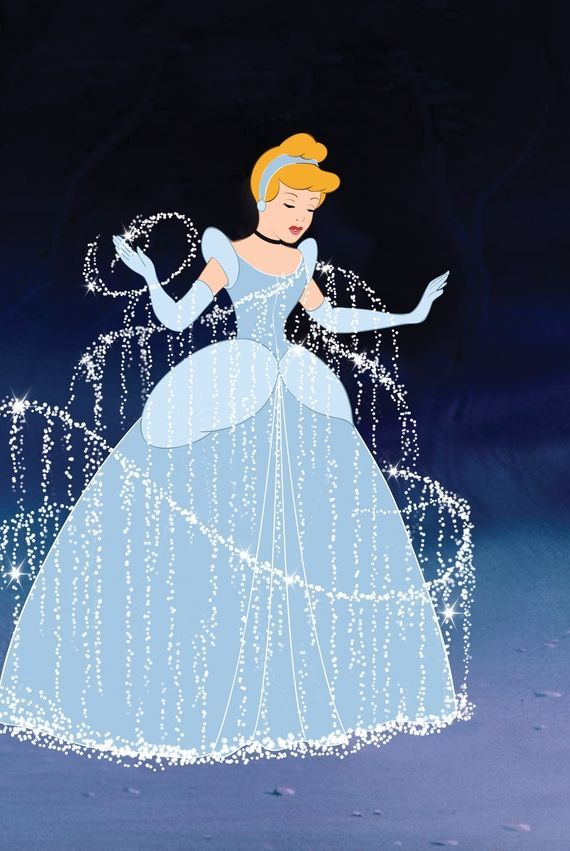
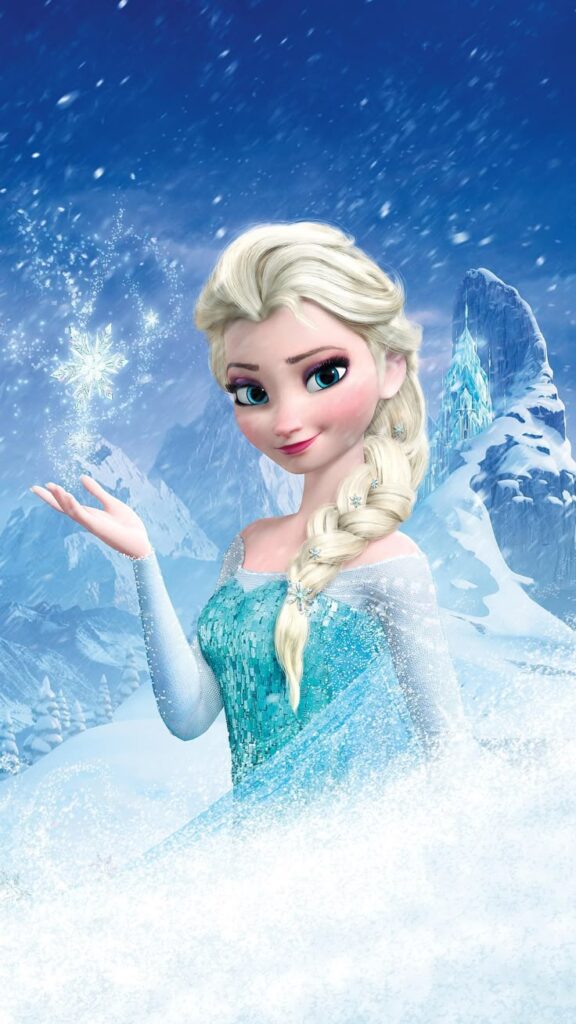
Over the years, Disney characters went through many changes. The 1930s and 1940s added more detailed drawings and color, with Snow White being the first full animated feature in 1937.
From the 1950s to the 1980s, characters became more diverse in design and story. For example, Cinderella and Sleeping Beauty show princesses with strong traits, while characters like Baloo in The Jungle Book added humor.
In recent decades, Disney used computer animation. Characters like Elsa from Frozen look more lifelike, showing advanced technology but still holding classic Disney traits like clear emotions and simple shapes.
Disney’s Influence on Animation
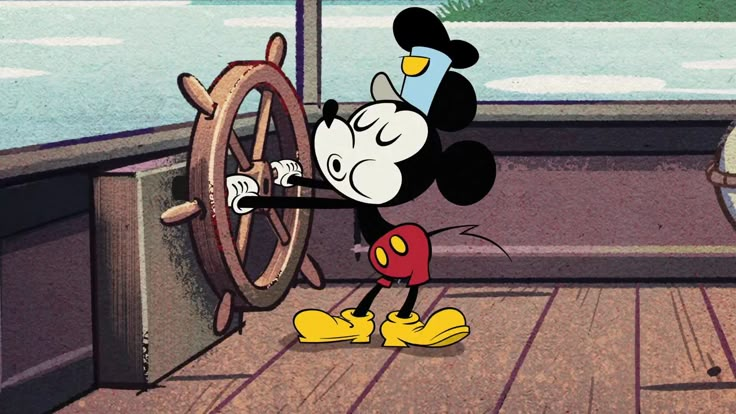
Disney helped shape modern animation by setting high standards. It introduced synchronized sound with Steamboat Willie and pushed color use early on.
The company also refined character movement with the “12 principles of animation.” These rules made characters more natural and expressive.
Other studios often copied Disney’s style because it worked well with audiences. Disney characters also influenced merchandise, theme parks, and global culture, making them more than just cartoons but important parts of media history.
Classic Disney Cartoon Characters
Disney created many iconic characters that have become part of popular culture. These characters often appear together and have unique personalities that make them memorable.
Mickey Mouse and Friends
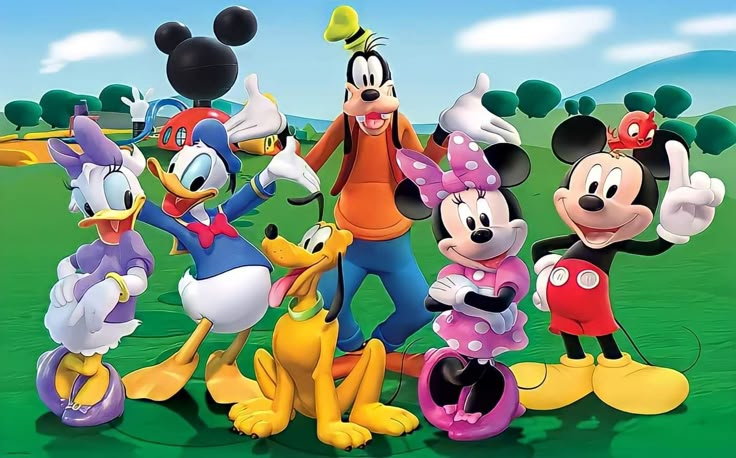
Mickey Mouse is one of Disney’s most famous characters. He first appeared in 1928 and quickly became the face of Disney. Mickey is cheerful, brave, and curious.
Mickey’s close friends include Minnie Mouse, his girlfriend, known for her polite and sweet nature. Another key friend is Clarabelle Cow, who often shows up in group adventures. Together, they appear in many shorts and movies, showing teamwork and fun.
Donald Duck and Daisy Duck
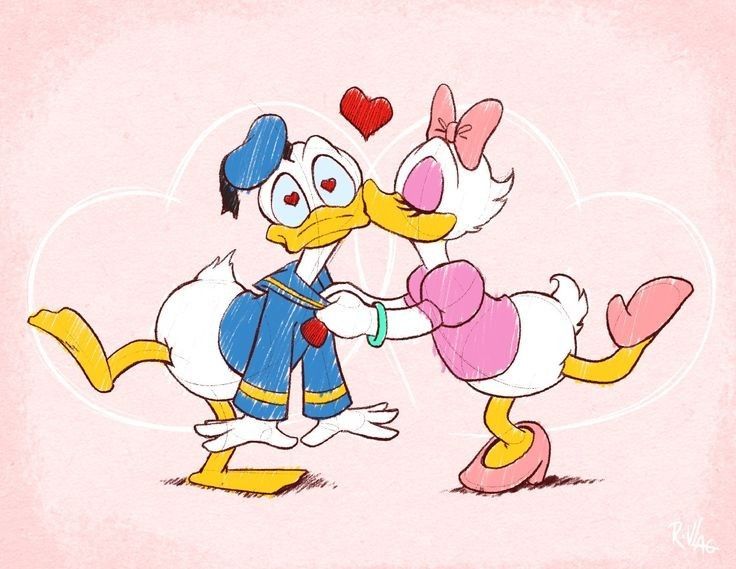
Donald Duck is known for his short temper and funny voice. He first appeared in 1934 and is famous for his sarcastic tone and sometimes unlucky situations.
Daisy Duck is Donald’s girlfriend and has a calm and fashionable personality. She often helps Donald stay calm and solve problems. Daisy also stands out as a strong female character in early Disney cartoons.
Donald’s nephews, Huey, Dewey, and Louie, often join the stories, adding energy and mischief.
Goofy and Pluto
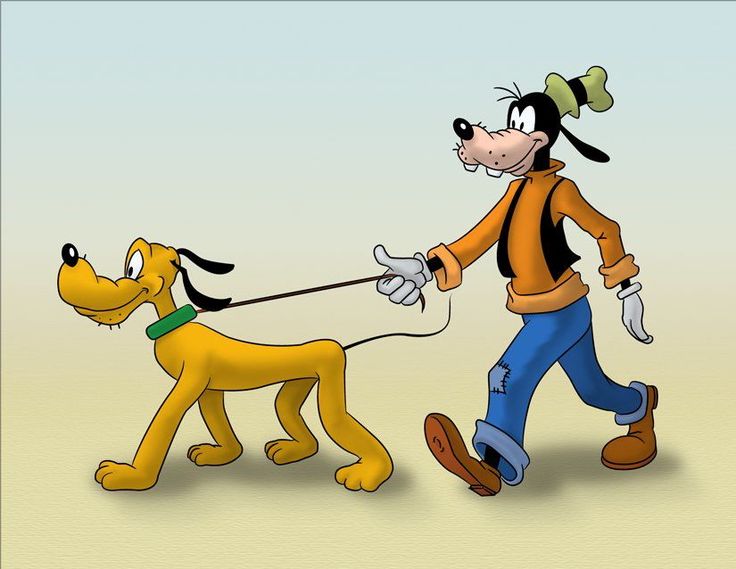
Goofy is a clumsy but lovable dog who is Mickey’s best friend. He is known for his goofy laughter and silly mistakes but always means well. Goofy often finds himself in funny but harmless trouble.
Pluto is Mickey’s pet dog. Unlike Goofy, Pluto behaves like a real dog and communicates through expressions and sounds. He is loyal and often protects Mickey and friends.
While both are dogs, Goofy walks and talks like a person, while Pluto acts like a typical pet.
Disney Princesses and Heroines
Disney princesses are some of the most famous cartoon characters. They each have unique stories, personalities, and challenges. These characters often show bravery and kindness in their adventures.
Snow White
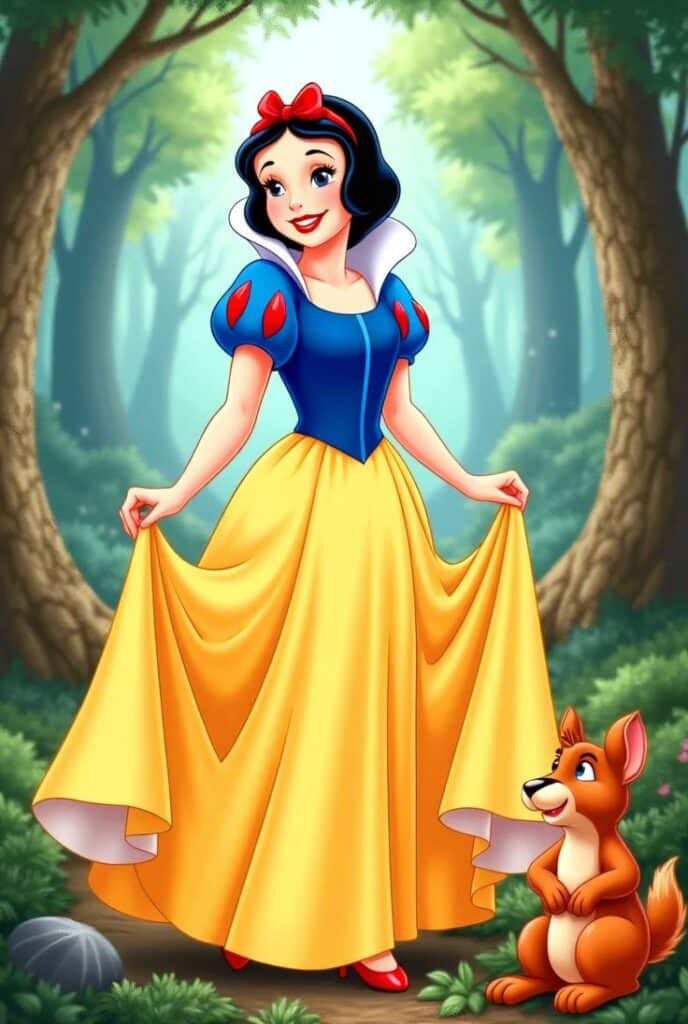
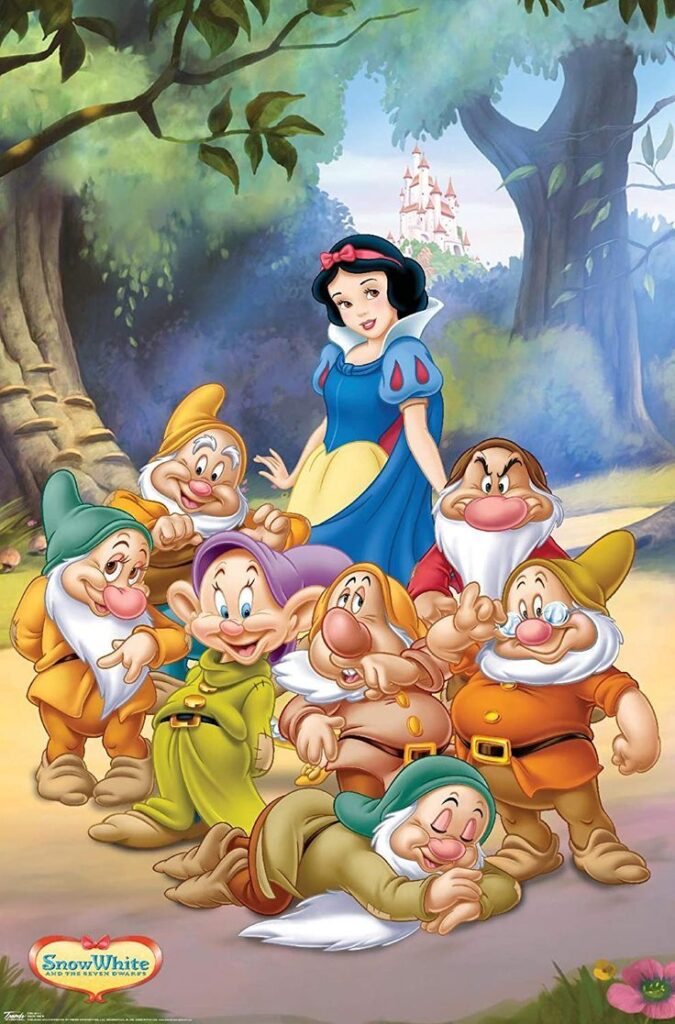
Snow White is the first Disney princess, appearing in the 1937 film Snow White and the Seven Dwarfs. She is known for her gentle and caring nature. Snow White lives with seven dwarfs who protect her from the evil queen.
Her story focuses on kindness and innocence. Despite danger, she remains hopeful and pure. Snow White sings with animals and helps the dwarfs around their home. The queen tries to harm her with a poisoned apple, but a prince saves her with a true love’s kiss.
Cinderella
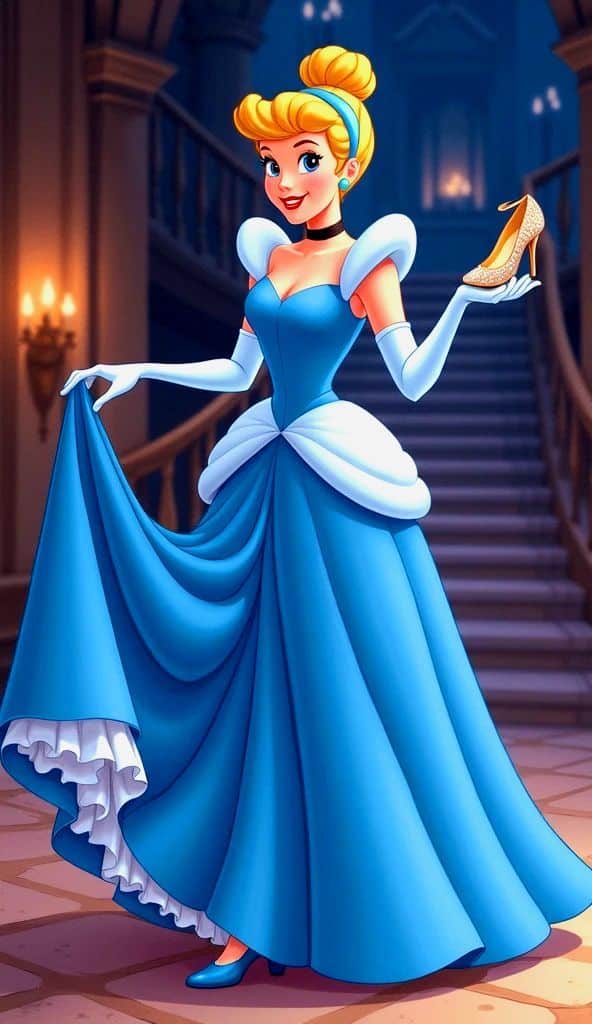
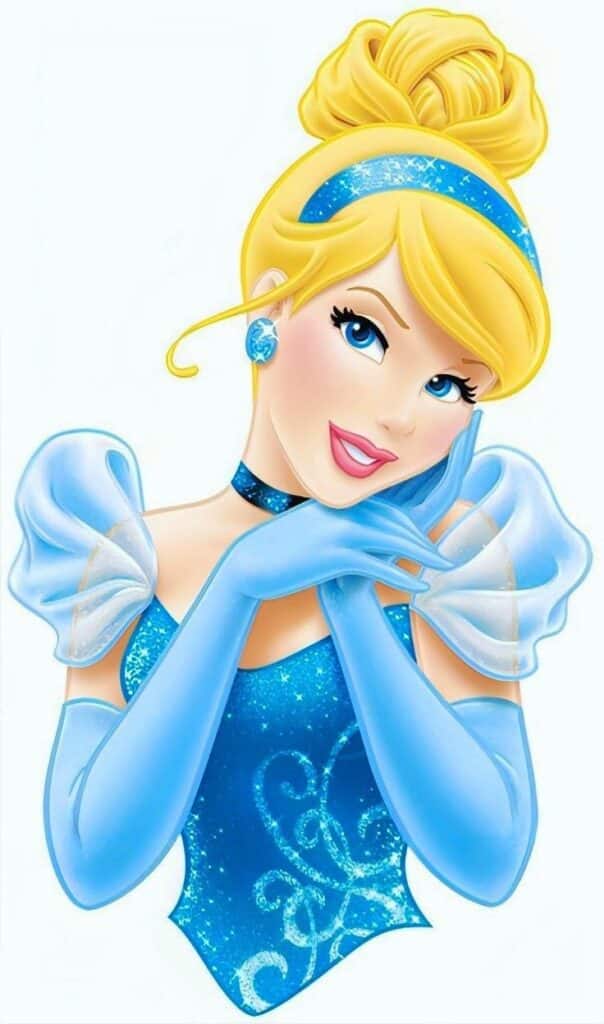
Cinderella’s story is about hope and perseverance. She lives with her wicked stepmother and stepsisters who treat her unfairly. Despite this, Cinderella stays kind and dreams of a better life.
Her chance comes when a fairy godmother helps her attend the royal ball. She meets the prince, but must leave before midnight, losing her glass slipper. The prince searches for the slipper’s owner. Cinderella’s story highlights the power of kindness and dreams coming true.
Ariel
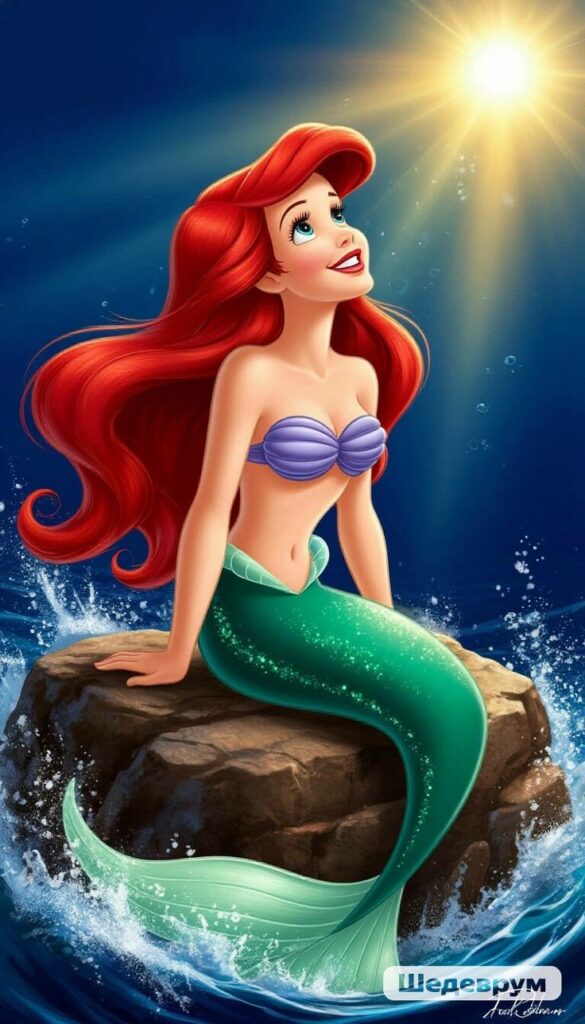
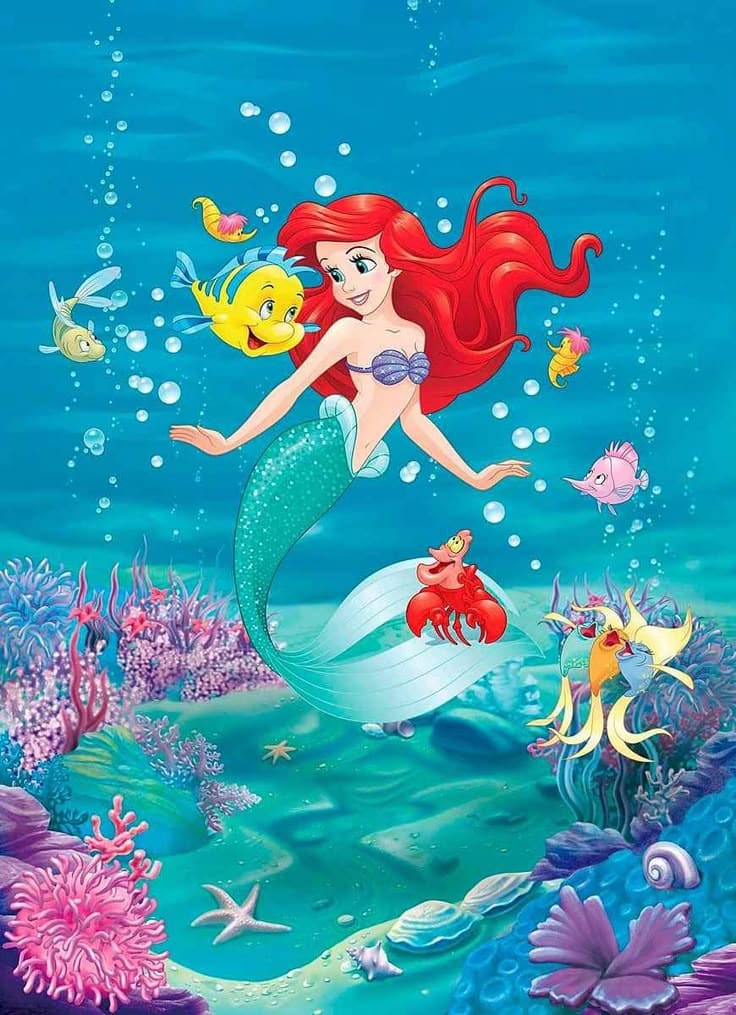
Ariel, from The Little Mermaid (1989), is a young mermaid fascinated by the human world. She is curious, adventurous, and willing to take risks to learn and explore.
Ariel makes a deal with the sea witch Ursula to become human. She gives up her voice for legs. Her story focuses on sacrifice and pursuing what matters. Ariel’s struggles also show the importance of family and courage in the face of change.
Belle
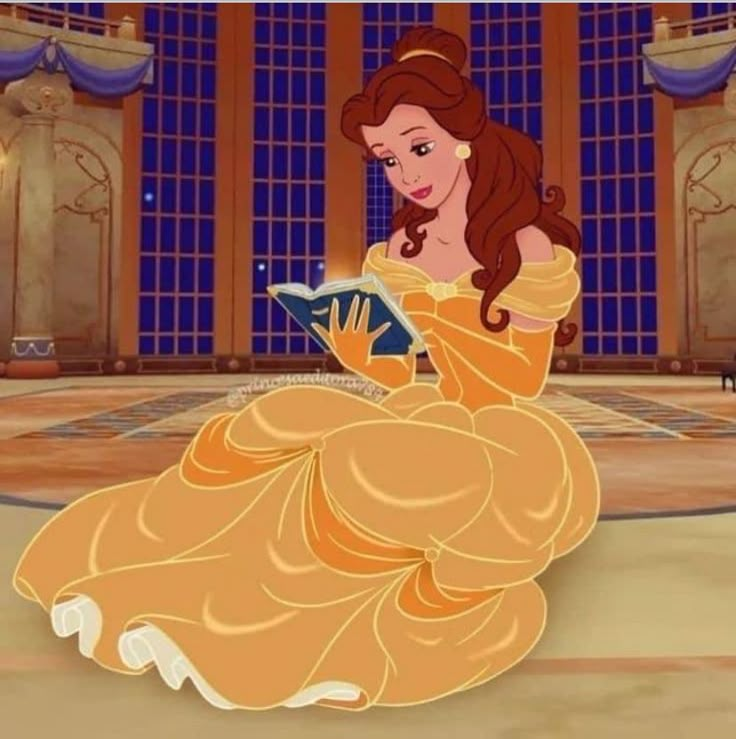
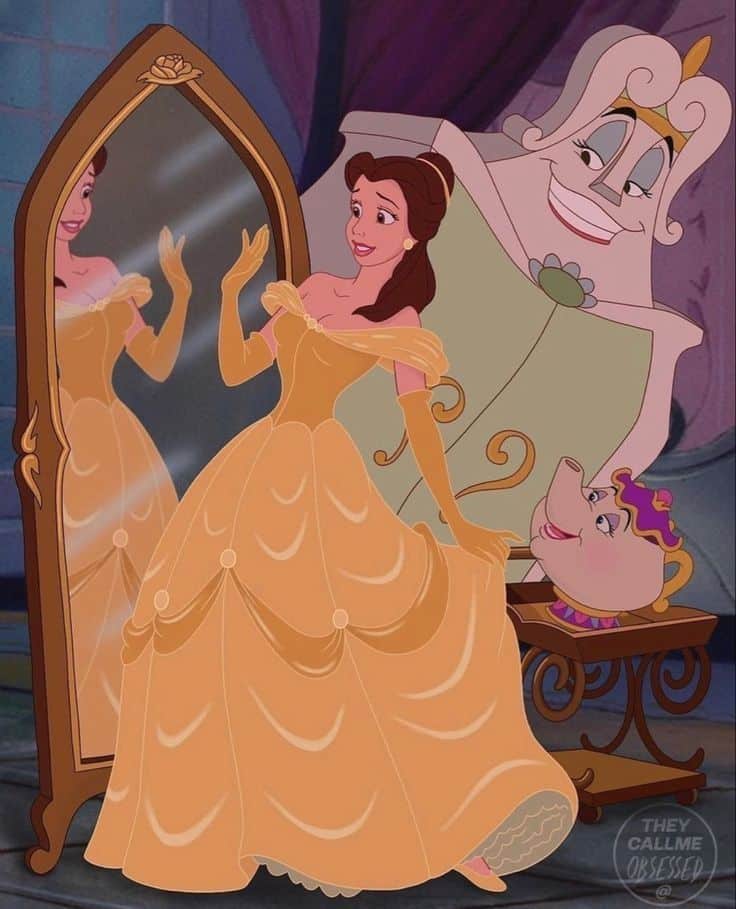
Belle, from Beauty and the Beast (1991), values intelligence and kindness. Unlike many princesses, she loves books and learning. Belle dreams of adventure beyond her small town.
Her story centers on seeing beyond appearances. She befriends the Beast, who is cursed but kind inside. Through patience and understanding, Belle breaks the curse. Her character teaches that true beauty is found within, not just on the outside.
| Princess | Key Traits | Main Challenge | Important Lesson |
|---|---|---|---|
| Snow White | Kind, gentle | Evil queen’s poison apple | Hope and inner purity |
| Cinderella | Hopeful, kind | Wicked stepfamily | Kindness pays off |
| Ariel | Curious, adventurous | Losing voice for legs | Courage and sacrifice |
| Belle | Smart, caring | Helping the cursed Beast | Inner beauty and kindness |
Pixar and Modern Era Characters
This era features new heroes and stories from Pixar and Disney’s recent hits. Characters are built with strong personalities, clear goals, and emotional depth. They often highlight themes like friendship, family, and self-discovery.
Toy Story Characters
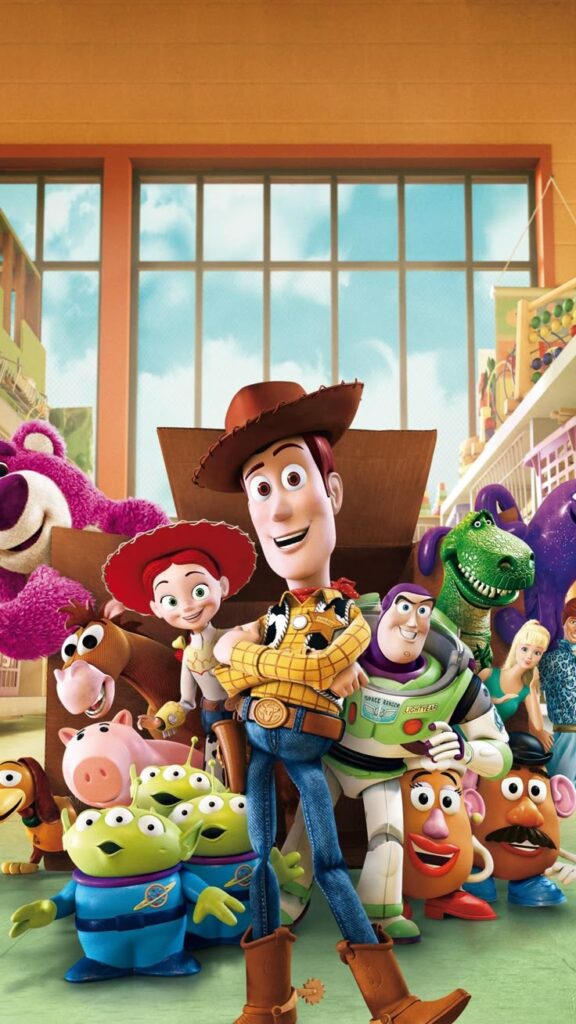
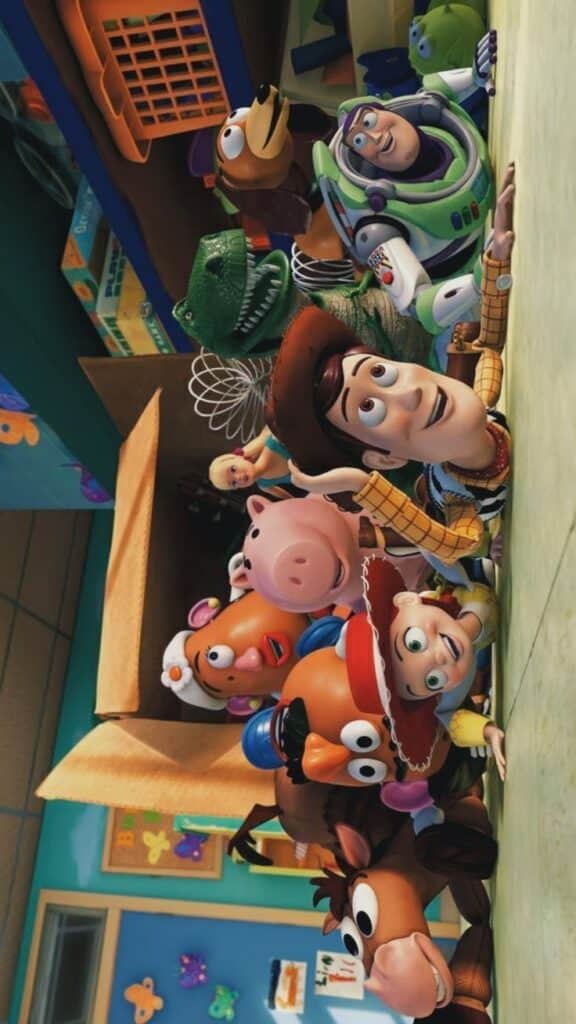
Woody is a cowboy doll who leads his group of toys. He values loyalty and is protective of his friends. Buzz Lightyear, the space ranger, struggles with his identity but grows to accept his role as a toy.
Other key characters include Jessie, a lively cowgirl, and Mr. Potato Head, who adds humor. The series explores their adventures and challenges while showing the bond between toys and their owner, Andy.
Frozen Characters

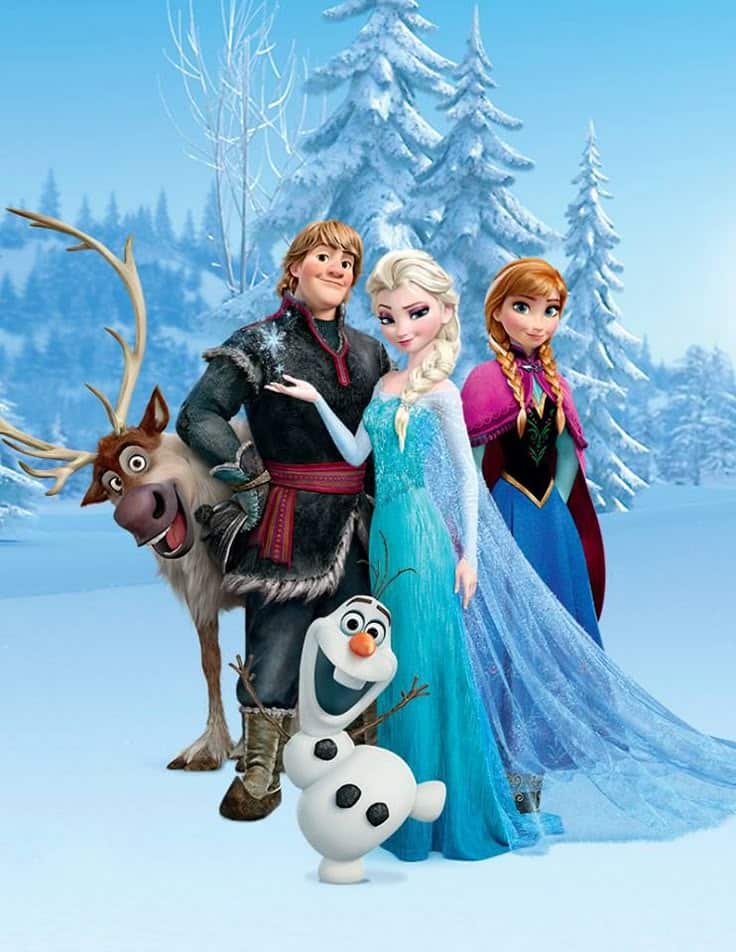
Elsa has ice powers she initially hides out of fear. She seeks to control her magic and protect her kingdom. Anna, her sister, is brave and optimistic, always ready to help Elsa.
Other characters like Olaf the snowman and Kristoff the ice harvester provide comic relief and support. Themes of love and acceptance drive their story.
Moana and Encanto Leads
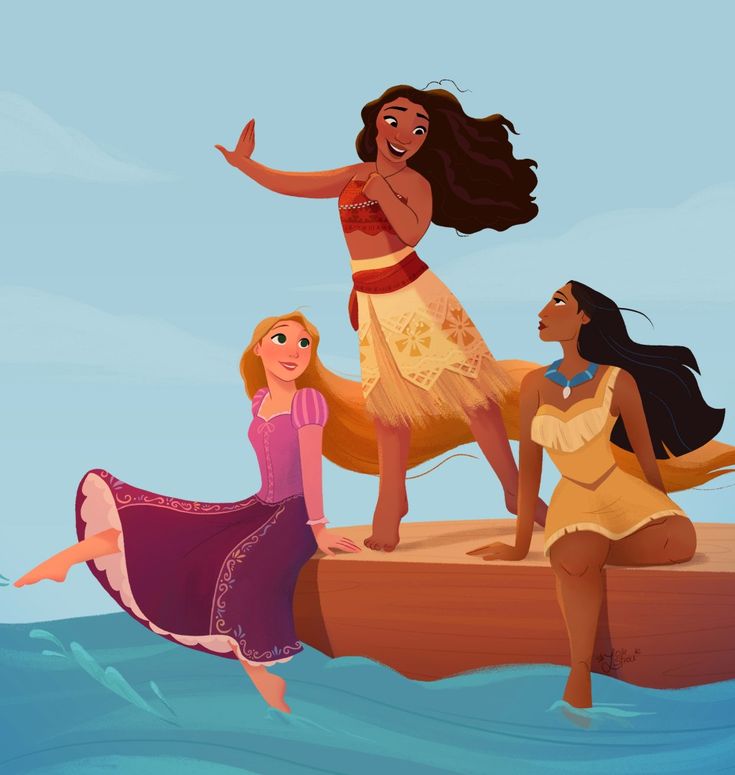
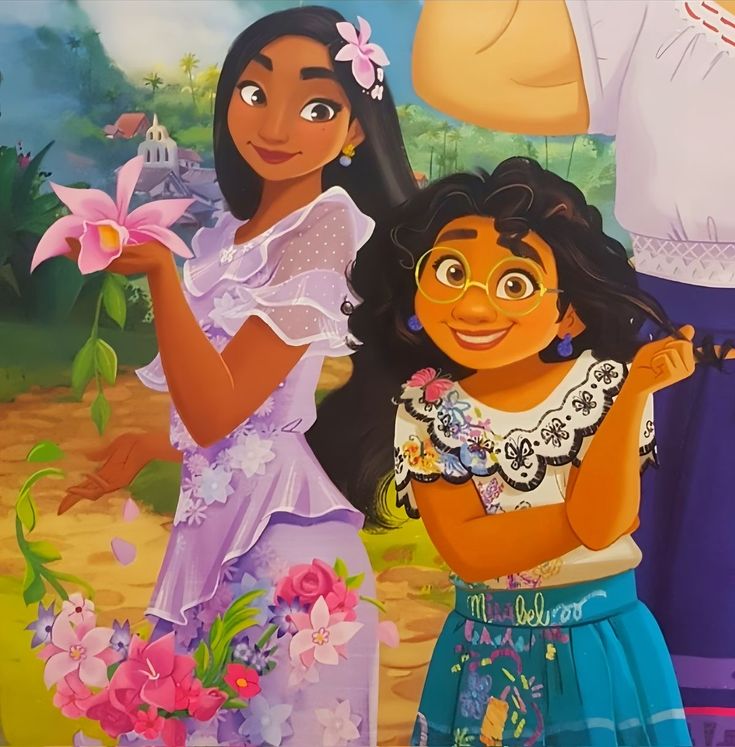
Moana is a determined young girl who sails the ocean to save her people. She meets Maui, a shape-shifting demigod, during her quest. Their teamwork and courage stand out.
Encanto focuses on the Madrigal family, each with magical gifts. Mirabel, the main character, has no powers but works hard to unite her family. The story highlights family bonds and self-worth.
Zootopia Cast
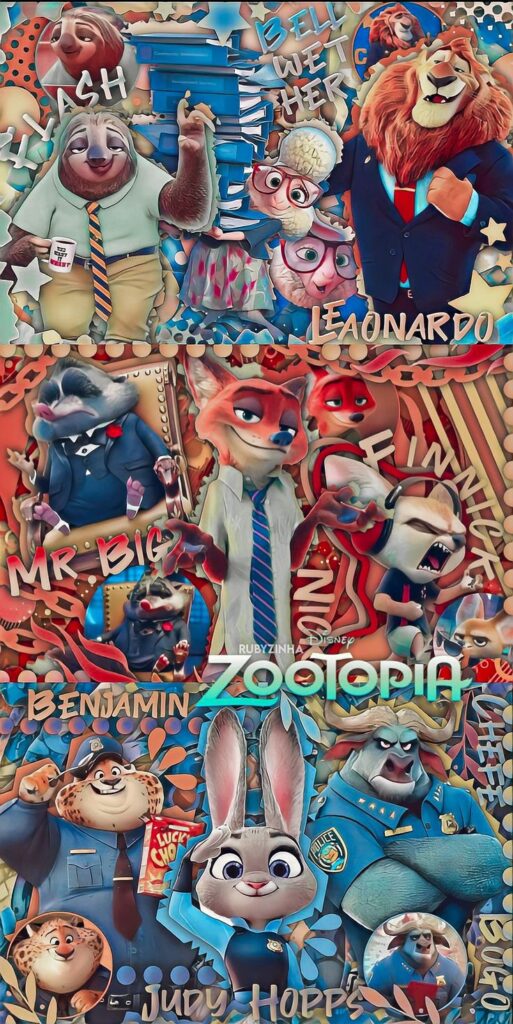
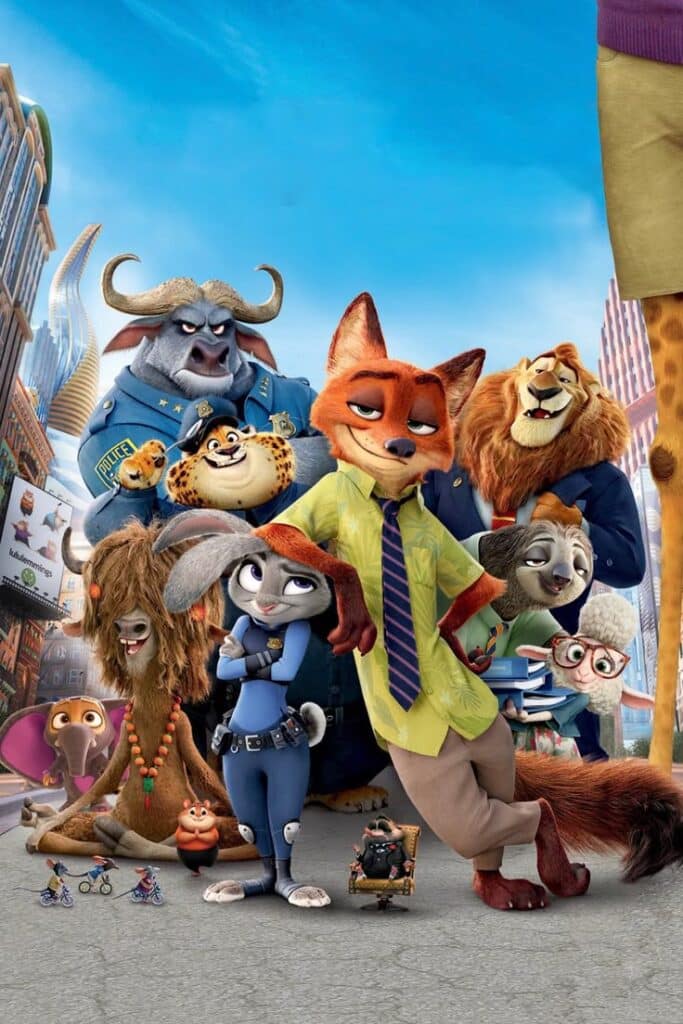
Judy Hopps is the first rabbit police officer in Zootopia. She challenges stereotypes while solving a mystery. Nick Wilde, a clever fox, starts as a con artist but becomes her partner.
The cast represents diverse animals, exploring issues like prejudice and cooperation in a city setting. Their teamwork leads to uncovering hidden truths.
Notable Villains in Disney Cartoons
These villains are some of the most memorable characters in Disney history. Each one has a unique personality, motives, and impact on their stories. Their actions drive the plot and create the challenges the heroes must overcome.
Maleficent
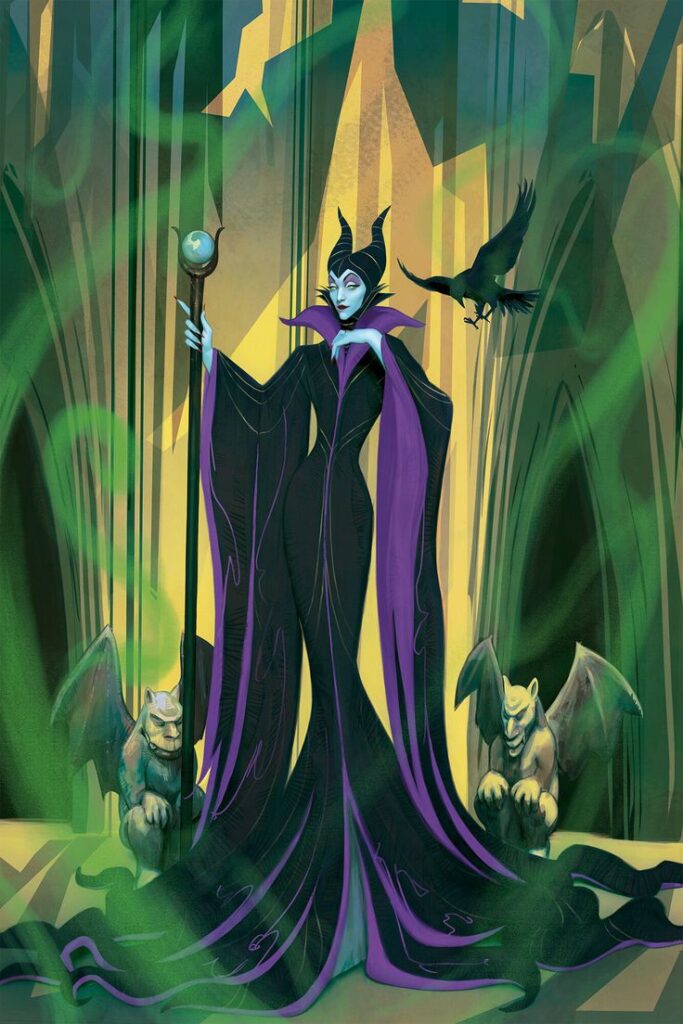
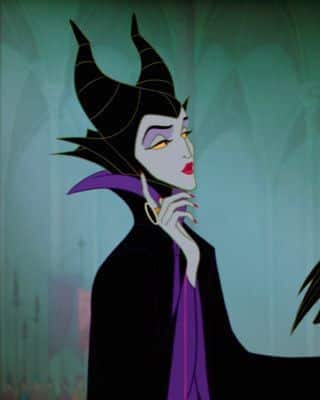
Maleficent is the dark fairy from Sleeping Beauty. She is known for cursing Princess Aurora to fall into a deep sleep on her 16th birthday. Her powers include shape-shifting into a dragon, casting powerful spells, and flying.
Maleficent’s role is to serve as a symbol of evil magic and revenge. She appears calm and elegant but is ruthless. Her curse sets the entire story in motion, making her one of Disney’s most iconic villains.
Ursula
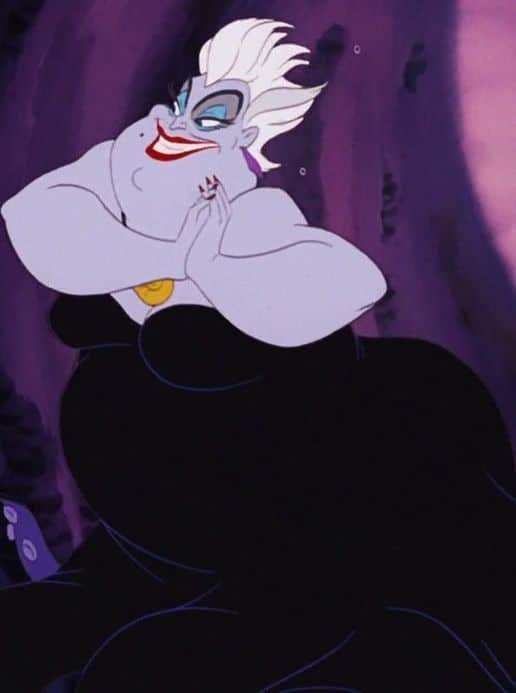
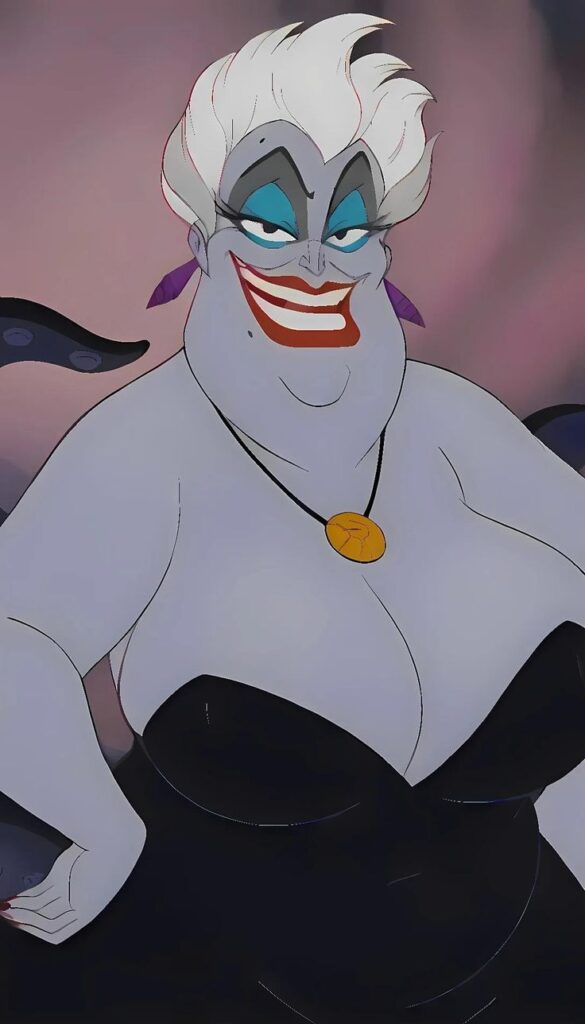
Ursula is the sea witch in The Little Mermaid. She tricks Ariel into trading her voice for human legs. Ursula’s goal is to take control of the ocean by overthrowing King Triton.
Her character is bold and confident, with a sly sense of humor. Ursula uses magic and manipulation to achieve her aims. Her appearance and voice are easily recognizable, making her a standout villain.
Scar
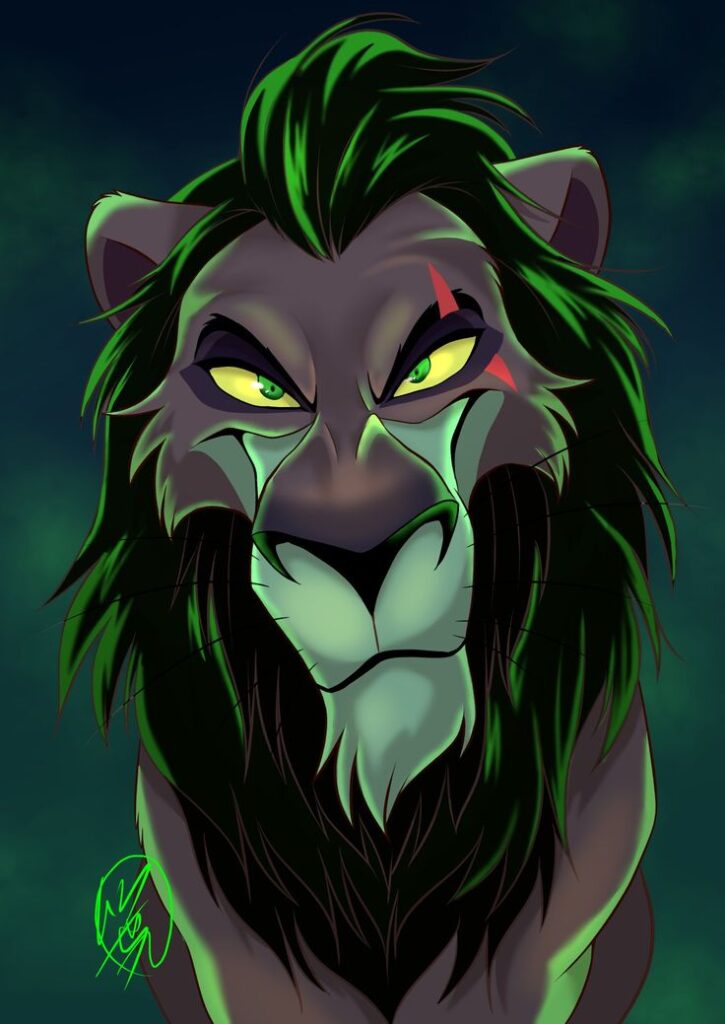
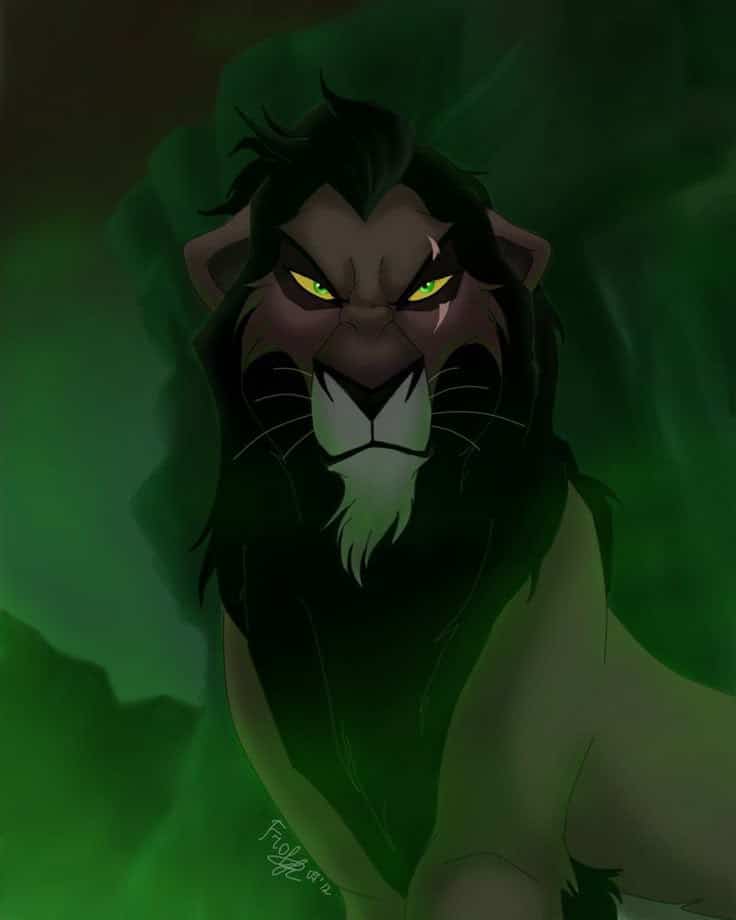
Scar, the main villain in The Lion King, is the selfish brother of Mufasa. He wants to be king and openly plots to kill Mufasa and Simba. His plan leads to tragedy in the Pride Lands.
Scar uses cunning and lies to gain power. He does not have magical powers but relies on his intelligence and cruelty. His actions cause suffering and change the kingdom’s fate.
Captain Hook
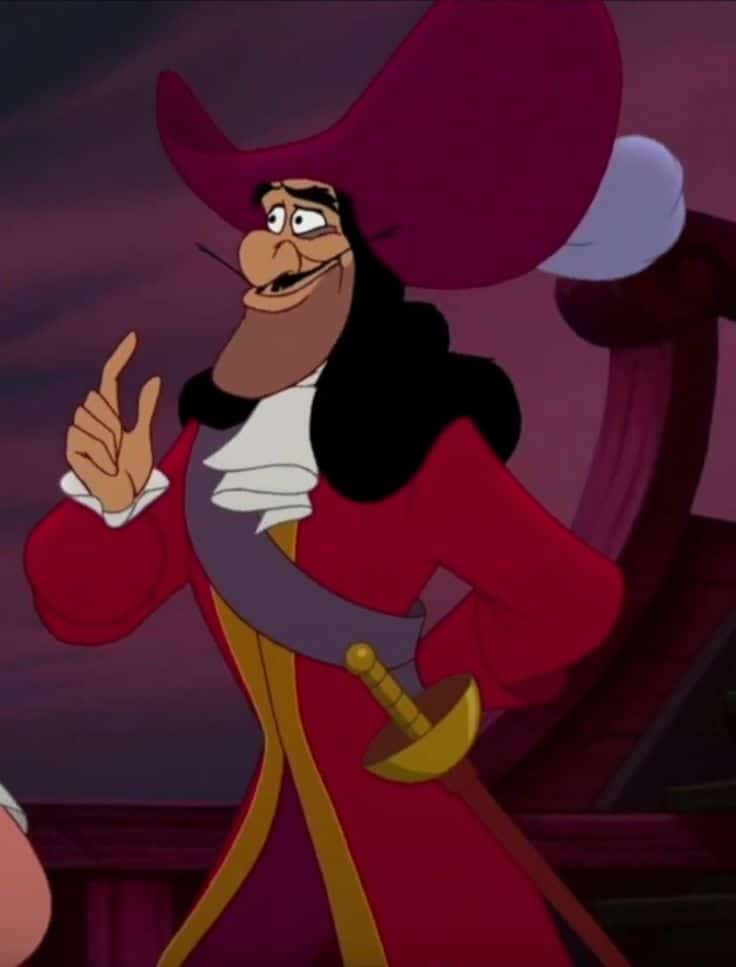
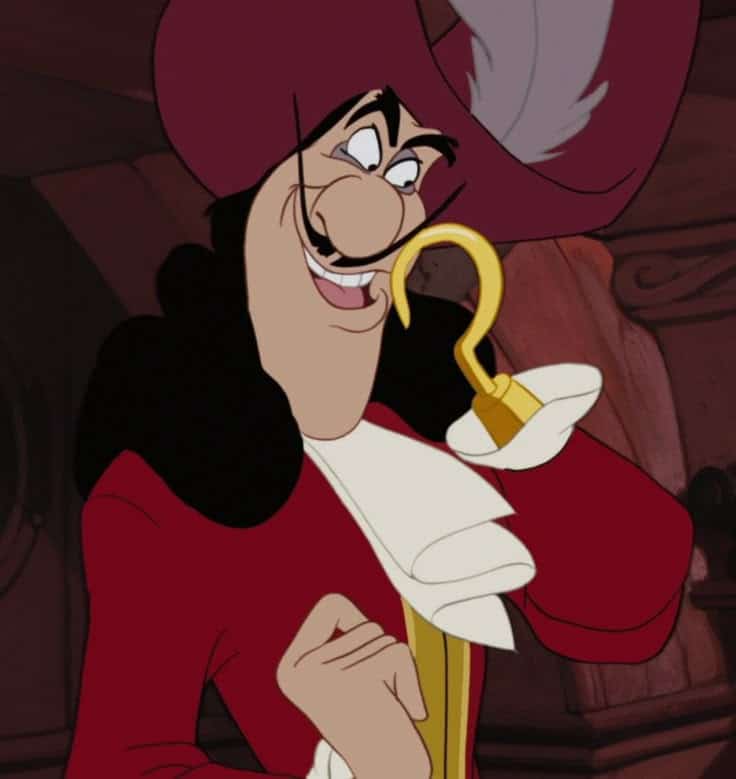
Captain Hook is the pirate captain in Peter Pan. He is obsessed with capturing Peter Pan to get revenge for losing his hand to a crocodile. Hook is both a threat and a comic figure.
He is skilled with a sword and commands a ship full of pirates. Hook’s fear of the crocodile adds humor to his otherwise serious character. He is persistent in chasing Peter but often fails.
Animal and Sidekick Characters
Many Disney cartoons feature animal sidekicks who provide humor, support, and help move the story forward. These characters often have unique traits that make them memorable. They usually serve as loyal friends or comic relief.
Timon and Pumbaa
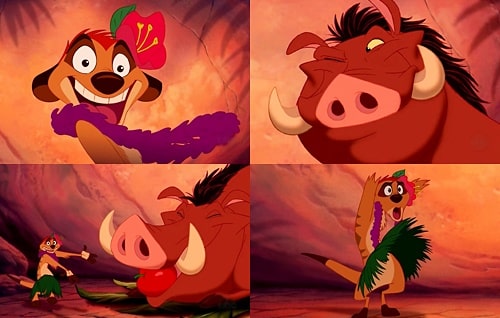
Timon, a meerkat, and Pumbaa, a warthog, are best known from The Lion King. They are carefree and live by the motto “Hakuna Matata,” which means “no worries.” Timon is quick-witted and talks a lot, while Pumbaa is kind and loyal but a bit slow.
Together, they help Simba grow up and return to reclaim his kingdom. Their friendship shows themes of acceptance and support. Timon and Pumbaa also bring humor through their contrasting personalities and fun antics.
Olaf
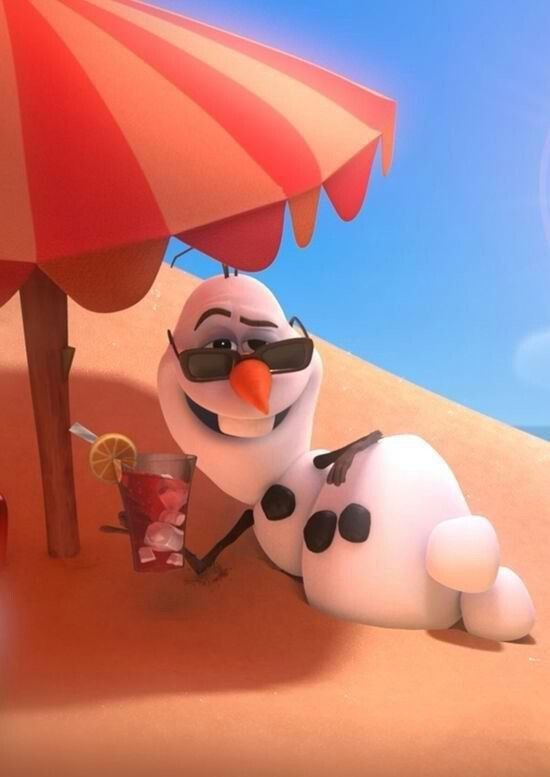
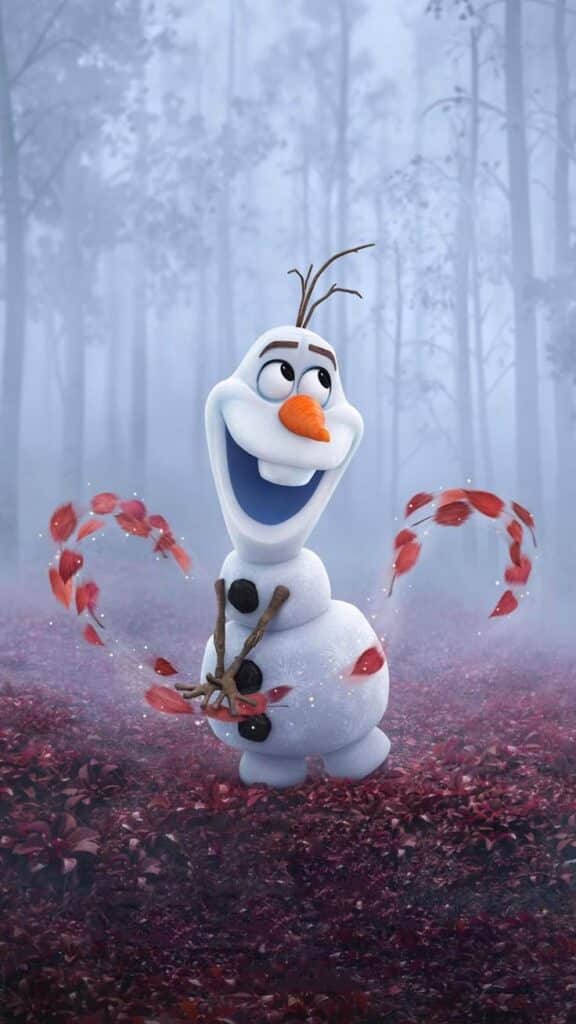
Olaf is a snowman from Frozen who loves warm hugs and dreams of experiencing summer. Created by Elsa’s magic, Olaf is innocent and curious about the world. He often provides comic relief.
Despite being made of snow, Olaf is brave and selfless. He helps the main characters by guiding them and offering comfort. Olaf’s positive attitude and love for friendship make him a favorite among fans.
Dumbo
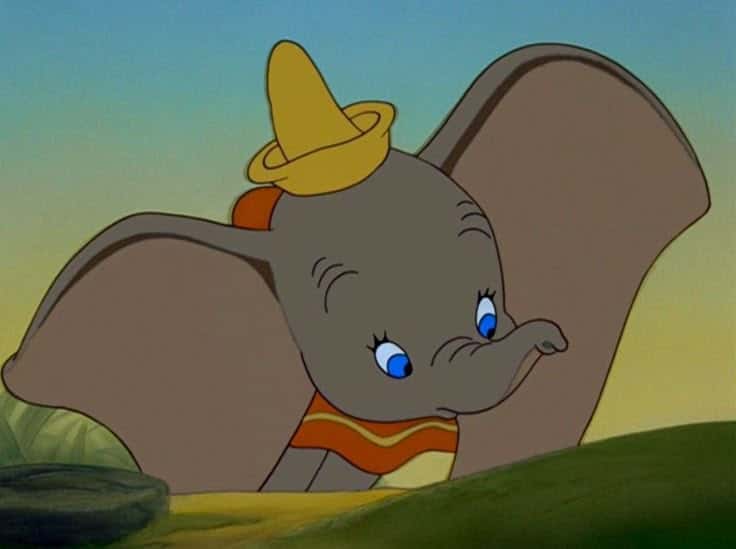
Dumbo is a young elephant from the movie Dumbo. He is known for his large ears, which allow him to fly. Initially, Dumbo faces ridicule but later uses his unique trait to amaze others.
Dumbo’s story highlights overcoming challenges and believing in oneself. His faithful mouse friend, Timothy, supports him and encourages him to be confident. Dumbo teaches lessons about inner strength and friendship.
Representation and Diversity in Disney Animation
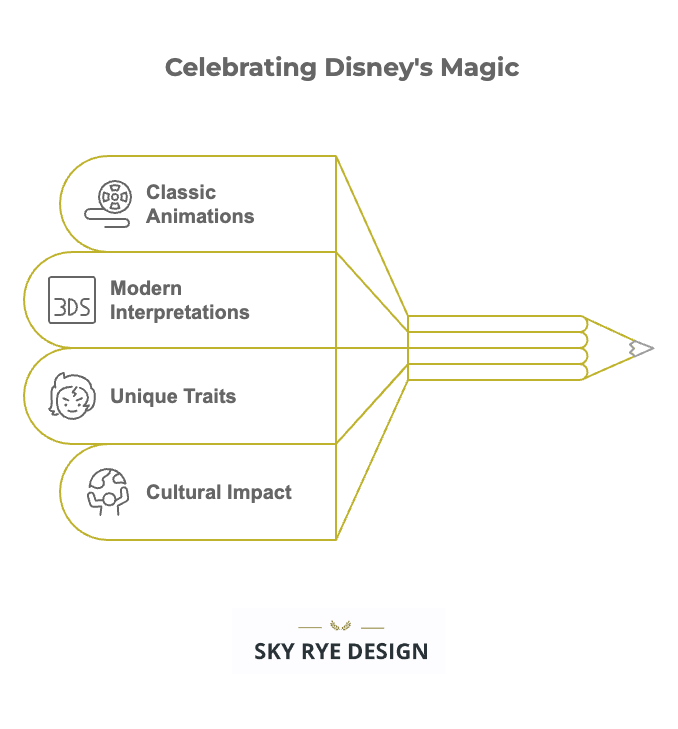
Disney has taken steps to include different cultures and voices in its animated movies over the years. The company has marked important moments by featuring characters from various backgrounds. It also works to tell stories that include diverse experiences.
Cultural Milestones
Disney first faced criticism for stereotyping and lack of diversity in its early cartoons. This began to change in the 1990s with movies like Aladdin (1992), which introduced Middle Eastern culture. Mulan (1998) brought Chinese traditions and history to the screen in a respectful way. More recently, films like Coco (2017) and Raya and the Last Dragon (2021) focused on Mexican and Southeast Asian cultures, respectively.
These movies are important because they show cultures that are often underrepresented. Disney works with cultural consultants to make these stories more accurate. This helps viewers from different backgrounds see themselves in Disney characters.
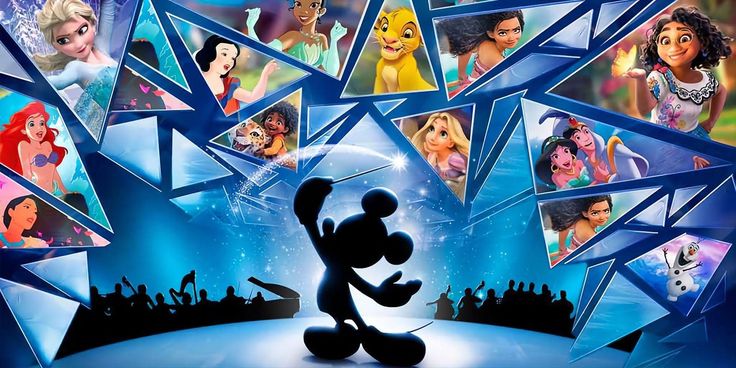
Inclusive Storytelling
Disney has expanded its approach to include characters with varied identities and backgrounds. For example, The Princess and the Frog (2009) featured the first Black Disney princess, Tiana. Frozen 2 included Native American influences inspired by the Sámi people.
The company also adds characters with different abilities, sexual orientations, and family structures. In the TV series The Owl House, characters represent LGBTQ+ identities. This shift allows Disney to appeal to broader audiences while reflecting real-world diversity.
| Aspect | Example |
|---|---|
| Ethnic Diversity | Coco, Raya and the Last Dragon |
| Gender Representation | Tiana in The Princess and the Frog |
| LGBTQ+ Inclusion | The Owl House |
| Cultural Respect | Consulting experts for accuracy |
These efforts show Disney’s ongoing aim to make animation more inclusive and varied.
Merchandising and Pop Culture Impact
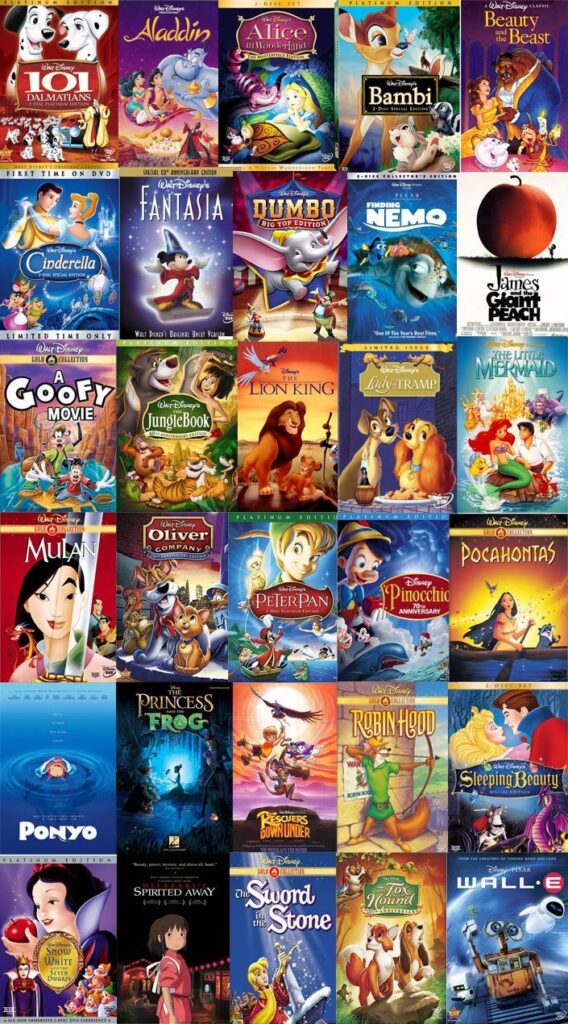
Disney cartoon characters have become central to global merchandising. They appear on toys, clothes, school supplies, and even home decor. This wide range of products helps keep the characters popular with both kids and adults.
The appeal of characters like Mickey Mouse and Elsa extends beyond just merchandise. They are icons in movies, theme parks, and TV shows. This presence helps embed them in everyday culture.
Merchandise often features these characters in different styles. For example:
| Character | Common Merchandise | Style Variations |
|---|---|---|
| Mickey Mouse | Plush toys, T-shirts | Classic, modern, vintage |
| Elsa | Dolls, costumes | Frozen-themed, fashion |
| Buzz Lightyear | Action figures, puzzles | Original, stylized |
Disney’s characters also show up in pop culture in many ways. They inspire art, music videos, and even social media trends. This keeps the characters relevant across generations.
The company uses merchandising as a key business strategy. It helps create steady income alongside movie and park revenues. The characters’ popularity fuels both creative and business growth.
Legacy and Ongoing Influence
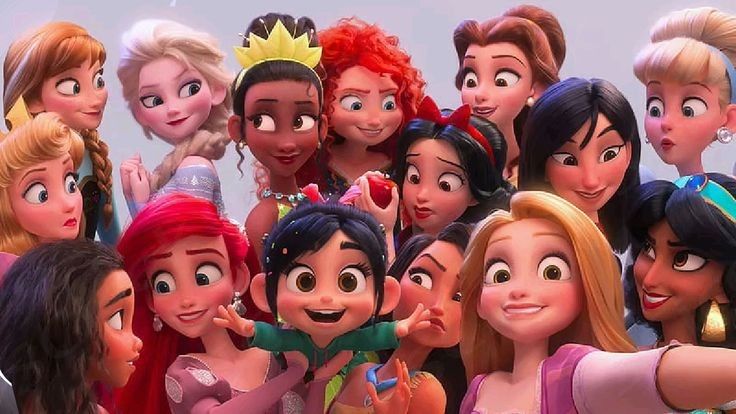
Disney cartoon characters have shaped the world of animation for nearly a century. Many characters, like Mickey Mouse and Donald Duck, remain cultural icons recognized worldwide.
These characters influence new generations through movies, TV shows, and merchandise. Disney’s use of these figures helps teach lessons about friendship, bravery, and kindness in simple ways.
The company often updates its characters to fit modern values. This keeps them relevant while respecting their original traits.
| Character | Debut Year | Notable Impact |
|---|---|---|
| Mickey Mouse | 1928 | Symbol of Disney and animation |
| Snow White | 1937 | First full-length animated film |
| Elsa | 2013 | Modern role model for strength |
Disney characters also inspire art, fashion, and pop culture. Fans create their own stories and artworks, showing the characters’ lasting appeal.
Overall, these characters hold a strong place in both entertainment and society. They continue to be part of everyday life for many people around the globe.
FAQ
What are some of the most iconic Disney cartoon characters and their significance in popular culture?
Disney cartoon characters such as Mickey Mouse, Snow White, and Elsa have become symbols of childhood and are deeply embedded in popular culture through their memorable stories, traits, and influence on merchandise and media.
How did Disney cartoon characters originate and evolve over the decades?
Disney characters originated in the 1920s as simple sketches, with Mickey Mouse created in 1928 marking a turning point. Over decades, their styles and stories evolved with advancements in technology, reflecting changes in audience tastes and cultural influences.
What role do Disney princesses and heroines play in storytelling and values?
Disney princesses like Snow White, Cinderella, and Belle are known for their bravery, kindness, and internal beauty, often overcoming challenges through hope, perseverance, and love, thus imparting valuable lessons to audiences.
In what ways has Disney incorporated diversity and representation in its animated movies?
Disney has expanded its inclusion of various cultures, backgrounds, and identities by featuring characters from diverse ethnicities, with different abilities, sexual orientations, and family structures, often consulting cultural experts to ensure respectful and accurate portrayals.
How do Disney characters influence merchandising and broader pop culture trends?
Disney characters are central to global merchandising, appearing on toys, clothes, and decor, as well as inspiring art, music, and social media trends, which sustain their relevance and iconic status across generations.
- 811shares
- Facebook0
- Pinterest811
- Twitter0



